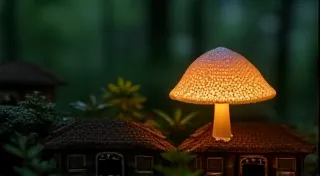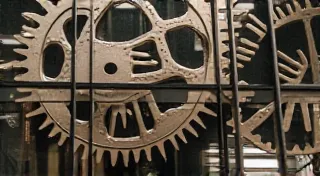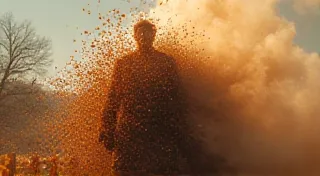A Luminescence of Decay: Finding Beauty in the Impermanence of Ribbons
There’s a quiet poetry in obsolescence. It’s a truth most readily felt when handling objects made for a different age, echoes of a slower, more deliberate pace resonating in their form and function. For those of us drawn to the tangible history of antique typewriters, and specifically, the fragile beauty of their ribbons, this poetry isn’s a melancholic lament, but a source of profound, almost tactile joy. It’s in the fading ink, the brittle coating, the subtle degradation that we find a luminescence, a quiet beauty born from the impermanence of things.
I remember the first ribbon I ever held. It wasn’t particularly rare, just a standard black ribbon for a Royal Quiet De Luxe, salvaged from a dusty box at an antique store. It smelled of aged paper and something indefinably ‘old,’ a scent that transported me instantly to a time when typed letters were a significant form of communication, when the click-clack of keys was the soundtrack to important decisions and heartfelt correspondence. The ribbon itself was a study in subtle deterioration. The ink wasn’t a uniform black; it had a brownish tinge, a testament to decades of exposure to light and air. Small cracks spiderwebbed across the coating, and a slight brittleness warned of the fragility of its existence.
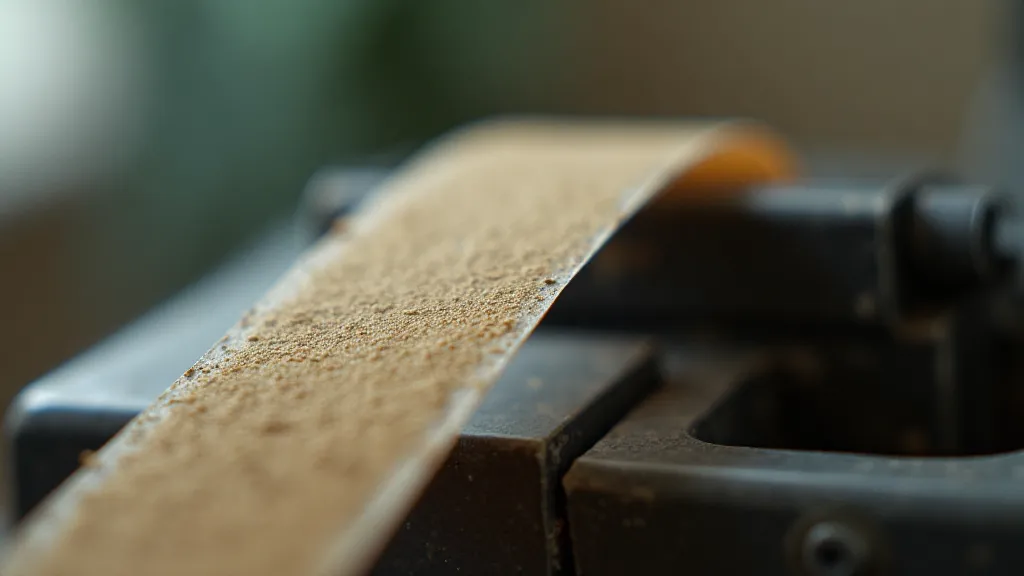
A Glimpse into a Lost Era
Typewriter ribbons, particularly those from the mid-20th century, represent far more than mere office supplies. They are fragments of a bygone era, tangible links to the individuals who relied on these machines to communicate, to create, and to connect. Consider the letters typed on these ribbons – love letters sealed with promises, business correspondence shaping industries, and countless personal narratives meticulously recorded on paper. Each ribbon has, in essence, witnessed a piece of history, a silent participant in the ongoing human drama.
Before the ubiquity of digital communication, a typewriter ribbon was a crucial investment. A writer or business owner would select a ribbon based on the intended application – carbon black for permanence, quick-drying inks for rapid production. There was a level of care and intentionality around these materials that's often lost in our disposable age. Replacing a ribbon wasn't a trivial matter; it signified a return to functionality, a continuation of the work. It’s easy to imagine the quiet satisfaction of a skilled typist meticulously threading a new ribbon, ensuring a perfect first impression.
The Alchemy of Degradation
The ‘beauty’ I speak of isn't a pristine, untouched ideal. It’s a beauty born from what we typically consider flaws – the fading ink, the brittle coating, the subtle discoloration. These are the marks of time, the silent testament to a life lived, a purpose served. The fading ink isn’t a defect; it’s a softening, a gentle blurring of sharp lines that imbues the text with a certain wistfulness. The brittle coating isn’t a sign of weakness; it’s a fragile membrane holding a piece of history captive.
Consider the chemistry involved. Most vintage ribbons utilize a nitrocellulose lacquer coating containing dye pigments. Exposure to ultraviolet light causes photochemical degradation of the dye molecules, shifting the color towards brown and ultimately diminishing intensity. Oxygen in the air, combined with humidity, slowly weakens the nitrocellulose, leading to brittleness and cracking. These aren’t failures; they are natural processes unfolding, shaping the ribbon into a unique artifact. It's an alchemy of decay, transforming a functional object into something evocative and deeply resonant.
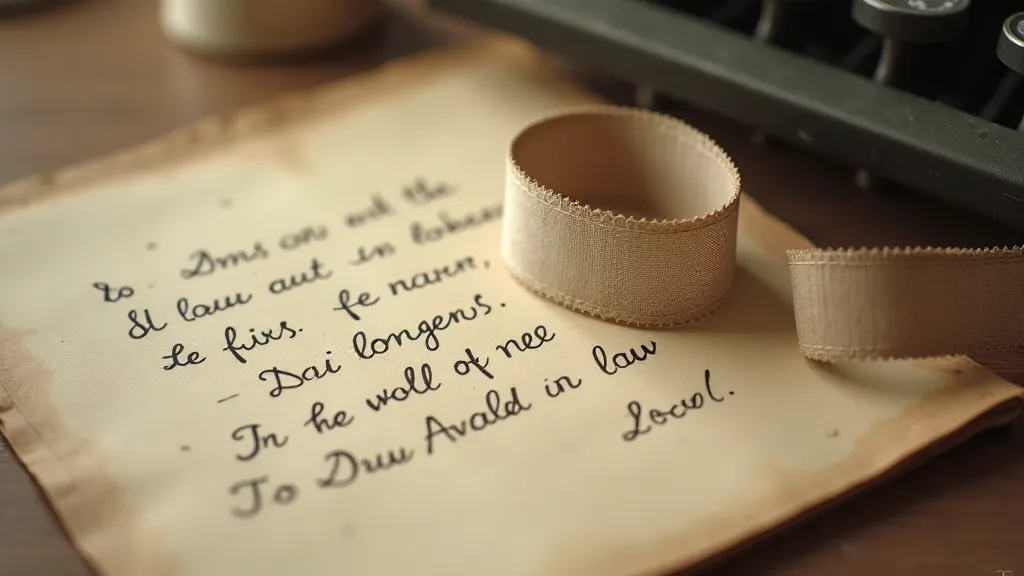
Craftsmanship and Collectibility
Understanding the manufacturing process adds another layer of appreciation. Early ribbons were often hand-dyed and coated, demonstrating a level of craftsmanship rarely seen in mass-produced goods today. The quality of the nitrocellulose, the precision of the coating process, and the vibrancy of the dyes all contributed to the ribbon’s performance and longevity. While some later ribbons were produced using more automated processes, the early examples often exhibit a unique character and a higher level of artistic skill.
The collectibility of vintage typewriter ribbons is a growing field. Certain colors are incredibly scarce, particularly those produced in limited quantities or for specific typewriter models. Ribbons bearing unusual markings or manufacturer’s labels can be particularly sought after. While the intrinsic monetary value might be modest for many ribbons, the real worth lies in the stories they hold and the connection they provide to a different time.
Preservation, Not Perfection
The temptation to ‘restore’ a vintage typewriter ribbon can be strong. However, the key lies in preservation rather than perfection. Aggressive attempts to remove discoloration or repair cracks often damage the ribbon further, erasing its historical character. The beauty lies precisely in the evidence of age, the subtle imperfections that speak volumes about its past.
Gentle storage is paramount. Keeping ribbons away from direct sunlight, heat, and humidity will slow down the degradation process. Storing them in acid-free paper sleeves provides a protective barrier against further damage. And occasionally, simply handling them with care, appreciating their fragility, is a form of respect and preservation in itself.
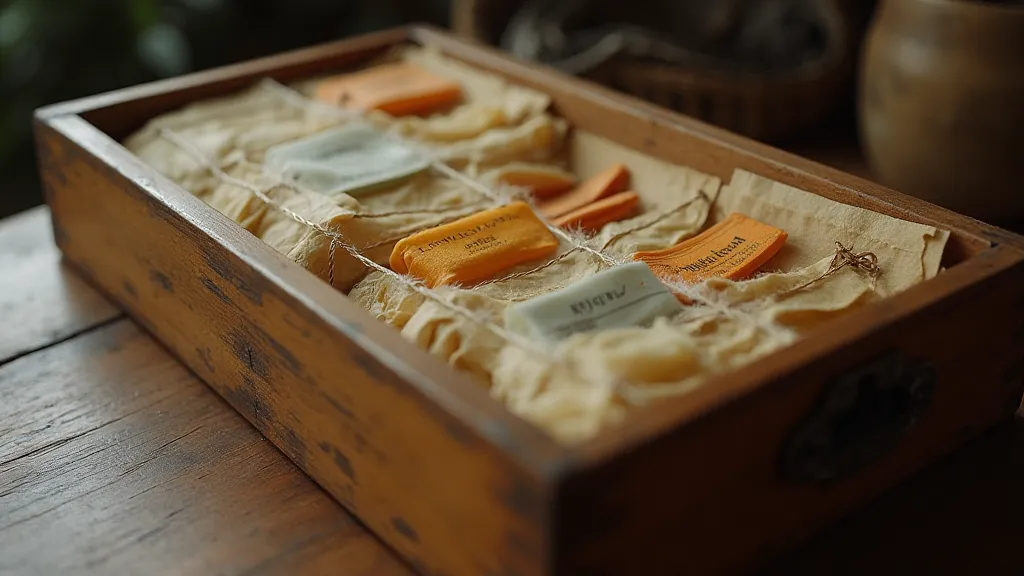
A Legacy of Ink and Memory
Vintage typewriter ribbons are more than just office supplies; they are fragments of a lost world, echoes of a slower, more deliberate time. They are testaments to human creativity, craftsmanship, and connection. Finding beauty in their impermanence is a lesson in appreciating the transient nature of all things, a reminder that even in decay, there is a luminescence, a quiet poetry waiting to be discovered. It’s a perspective that enriches our understanding of the past and informs our appreciation for the objects that remain, whispering stories of a bygone era.

